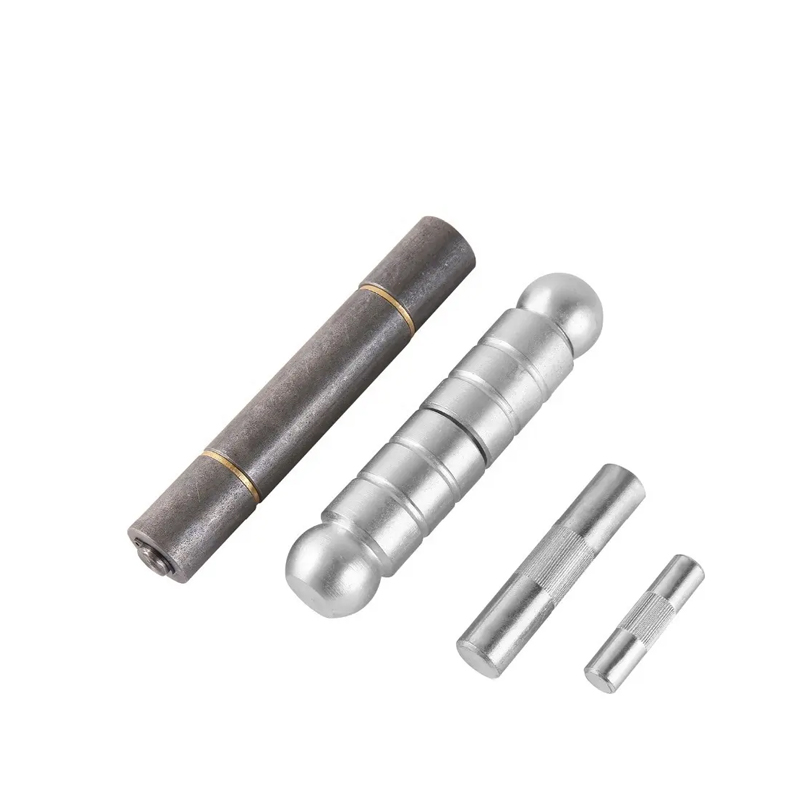No. 200 Gaoxin RD, Shanghua St, Lanxi, Zhejiang, P. R China
The Sliding Doors Steel Rack Pinion Gear is a critical component in va...
See Details
Installing metal gate hinges correctly is essential to ensure that gates operate smoothly and remain stable over time. Whether you are setting up a garden gate, a driveway entrance, or an industrial barrier, the right approach to installation can prevent future issues such as sagging, squeaking, or misalignment. A thoughtful and precise method can make a noticeable difference in both function and longevity.
Before beginning the installation, selecting the appropriate metal gate hinges is the important step. Hinges come in various sizes, materials, and styles to suit different gate types. Consider the weight and height of the gate to ensure the hinges are strong enough to support it. Heavier gates often require larger or more robust hinge designs, sometimes with built-in bearings to help manage the load. For outdoor applications, rust-resistant finishes such as galvanized or powder-coated steel can offer better durability under varying weather conditions.
Once the right hinges have been selected, the mounting surface must be carefully prepared. The post or wall where the gate will be attached should be level, solid, and stable. If the post is made of wood, ensure it is firmly set in concrete and not rotted or split. For metal posts, check for corrosion or weak welds that may affect stability. Any structural weaknesses should be addressed before hinge installation to prevent future shifting or failure.
Positioning the metal gate hinges accurately is a crucial step. Typically, one hinge is placed near the top of the gate and the other near the bottom. For taller or heavier gates, a third hinge in the middle may be used to offer additional support. The spacing should be measured precisely to ensure the gate hangs evenly. Using a level during alignment can help maintain proper vertical positioning, which is essential for smooth swinging action.
When attaching the hinges, it is important to use the correct fasteners. Bolts often provide a more secure connection than screws, especially for heavy gates. For wooden posts, lag bolts can be effective, while through bolts are commonly used on metal posts or gates. Drilling pilot holes before inserting bolts can prevent the wood from splitting or the metal from deforming. It is also helpful to use washers to distribute pressure evenly and improve long-term hold.
After securing the hinges to the post, the next step is to attach them to the gate frame. This may require support or assistance to hold the gate in position while fastening. Using wooden blocks or temporary braces can help align the gate properly during this process. Care should be taken to maintain consistent spacing between the gate and the post or ground to allow for clearance and prevent dragging. Once attached, the gate should swing freely without binding.
Lubricating the metal gate hinges after installation is often overlooked but can greatly improve operation. A light application of grease or oil to the pivot points can reduce friction and help the gate open and close more easily. This also helps protect the hinges from moisture and wear. Regular maintenance, such as reapplying lubricant and checking for loose bolts, can keep the gate functioning well over time.
Properly installing metal gate hinges involves choosing the correct hardware, preparing the mounting surface, ensuring accurate alignment, using the right fasteners, and performing simple ongoing maintenance. Taking the time to follow each step carefully can help ensure the gate operates smoothly and remains secure for years to come. Whether for residential or commercial use, attention to detail during installation makes a clear difference in performance and durability.